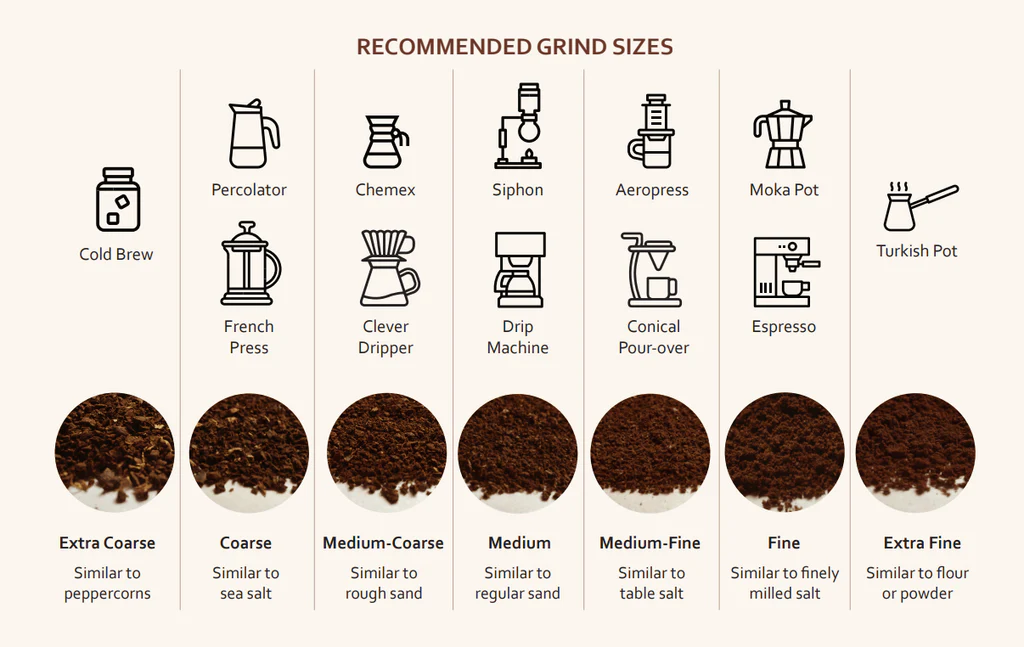Free shipping on all orders in Canada.
1. Subscription Overview:
Our coffee subscription service allows customers to receive freshly roasted coffee beans or ground coffee delivered to their doorstep at regular intervals. Customers agree to the terms outlined in this policy by subscribing to our service.
2. Subscription Plans:
We offer various subscription plans with different frequencies (e.g., weekly, bi-weekly, monthly) and quantities to suit our customers’ preferences. Customers can choose their desired plan during the subscription process.
3. Billing and Payments:
a. Subscription fees will be automatically charged to the customer’s designated payment method at the beginning of each billing cycle.
b. Customers are responsible for ensuring that their payment information is accurate and up-to-date. Failure to update payment information may result in a delay or interruption of the subscription service.
4. Modification and Cancellation:
a. Customers can modify or cancel their subscription anytime by logging into their account on our website. Changes must be made 48 hours before the next renewal date to take effect.
b. Refunds will not be provided for partial subscription periods. Cancellation requests submitted after the billing date will be processed for the following billing cycle.
5. Shipping and Delivery:
a. Every coffee is priority roasted to order on Mondays and Tuesdays of your subscription week. We strive to ensure that all subscription orders are shipped promptly and delivered within 2 business days. However, we are not responsible for delays caused by unforeseen circumstances, such as weather, shipping carrier issues, or other factors beyond our control.
b. Customers are responsible for providing accurate and complete shipping information. Any additional charges incurred due to incorrect information will be the customer’s responsibility.
6. Quality Assurance:
a. We guarantee the quality and freshness of our coffee products. If customers receive a damaged or defective product, they should contact our customer support team within 7 days of receiving the shipment for a resolution.
b. We reserve the right to replace or refund the cost of the damaged or defective items at our discretion.
7. Communication:
a. Customers will receive notifications regarding upcoming shipments, billing, and other important information related to their subscription via email. It is the customer’s responsibility to ensure that they receive and read these communications.
8. Privacy Policy:
a. Customer information will be handled in accordance with our privacy policy, which can be found on our website.
Choosing the right type of coffee based on your taste can be a delightful and personal experience. Here are some steps to help you discover the coffee that suits your palate:
Explore and enjoy the journey of finding your perfect coffee.
The coffee roasting process is a crucial step in coffee production that significantly influences the flavor and aroma of the final brew. Here’s an overview of how coffee roasting works and how it impacts taste:
How Roasting Affects Taste:
Ultimately, finding the right roast level for your taste is a matter of personal preference. Experimenting with different roast levels and coffee varieties can help you discover the flavors and aromas that best suit your palate.
Properly storing coffee is essential to preserving its quality and freshness. Coffee is sensitive to air, moisture, light, and temperature fluctuations, so here are some tips to keep your coffee beans or grounds at their best:
Remember that coffee beans naturally release carbon dioxide gas after roasting, commonly known as degassing. Letting beans rest for a day or two in an open container before sealing them in an airtight container can help avoid excess gas buildup, which can affect flavor and lead to a bloated bag or container.
By following these storage guidelines, you can enjoy fresher, more flavorful coffee for an extended period, ensuring that your coffee beans or grounds remain at their best.
The grind size you should use for your coffee depends on the brewing method you’re using. Here are some general guidelines:
Remember that the grind size influences the extraction process, affecting the flavor, strength, and texture of your coffee. Using the right grind size for your brewing method is crucial to achieving the desired results. Adjusting the grind size allows you to fine-tune your coffee’s taste to your preference.

| Brewing Method | Grind Size | Coffee-to-Water Ratio | Water Temperature | Brew Time |
|---|---|---|---|---|
| French Press | Coarse | 1:15 – 1:17 | 195-205°F (90-96°C) | 4 minutes |
| Cold Brew | Coarse | 1:4 – 1:7 | Cold (room temp) | 12-24 hours |
| Chemex | Medium-Coarse | 1:15 – 1:17 | 195-205°F (90-96°C) | 3-4 minutes |
| Hario V60 | Medium | 1:16 – 1:18 | 195-205°F (90-96°C) | 3-4 minutes |
| Aeropress | Medium-Fine | 1:12 – 1:15 | 175-205°F (80-96°C) | 1-2 minutes |
| Siphon (Vacuum Pot) | Medium-Fine | 1:16 – 1:18 | 195-205°F (90-96°C) | 2-3 minutes |
| Espresso | Fine | 1:1.5 – 1:2 | 195-205°F (90-96°C) | 25-30 seconds |
| Moka Pot | Fine | 1:7 – 1:10 | 195-205°F (90-96°C) | 5-7 minutes |
| Turkish Coffee | Extra Fine | 1:10 – 1:12 | Just below boiling | Short boil |
Please note that these are general guidelines, and you can adjust parameters like coffee-to-water ratio and grind size to fine-tune your coffee to your taste preferences. Always use freshly roasted beans for the best results, and consider experimenting to find the perfect balance for your palate.
If you need to return any merchandise or brewing gear you purchased, please note that you can do so within 15 days of the purchase, provided that the items are in unused condition and in their original packaging, which should be unopened. Please note that you will be responsible for paying the shipping costs for the return, and we will process the refund once we receive the gear and confirm that it is unused. If you would like to initiate a return, please email info@centurioncoffee.ca.